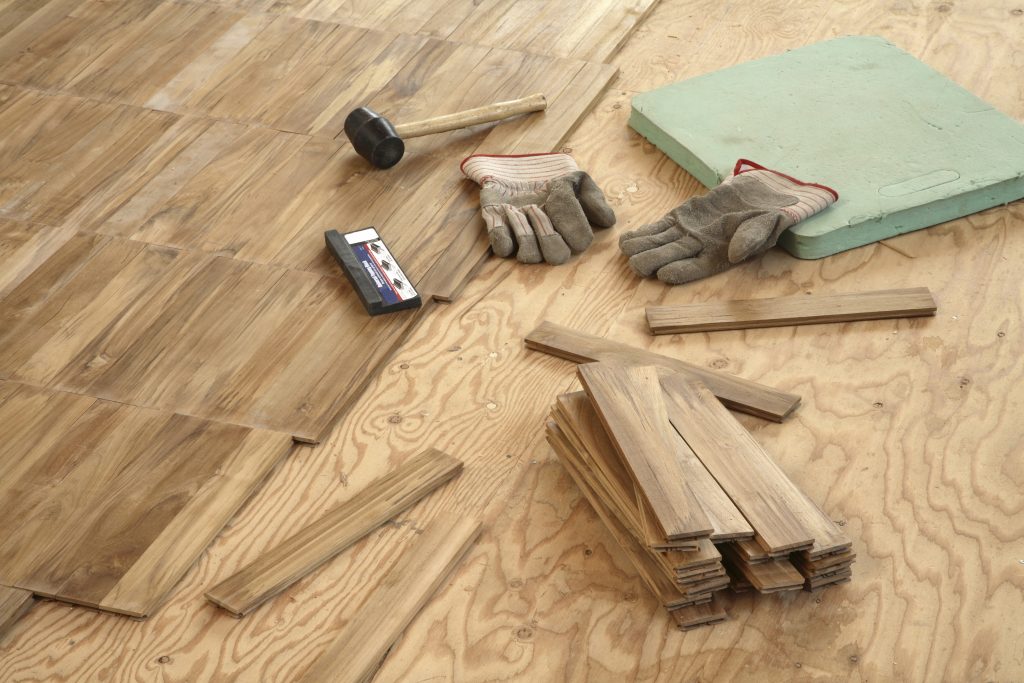When searching for a solid timber floor, one of the most important qualities homeowners look for is the hardness and endurance of the planks. A worthy investment, it is crucial that your hardwood can withstand years of wear. But, did you know there are other factors as well as hardness that can affect the overall durability of wood flooring? Let’s look at them in more detail:

Hardness
The hardness of a specific species of timber is rated on the Janka Hardness Scale. This test gives wood a unique hardness ranking by measuring dent resistance. A higher rating indicates a higher durability; for example in Floormania’s collection, Grey Box has a high rating, Tasmanian Oak is low and Brushbox is in the middle.
Woods with a higher Janka rating are recommended for areas of high footfall such as the living area. Other rooms with less footfall such as the bedroom can be less selective and choose from a bigger range of wood floors.
Colour
Though the shade of wood flooring is often chosen for personal preference and to complement the interior of the room, colour can also assist with hiding any scratches. Where imperfections are likely to occur from typical daily usage, light-coloured floors are generally better at blending scratches in compared to darker woods. Choosing planks in more than one shade is another tip for helping to hide minor blemishes.
Finish
Choosing the right finish is possibly the most important element to protecting your floor and determining durability. A popular finish is Polyurethane with has a very resilient top layer and scratch-resistant characteristics. A water-based Polyurethane is especially good for commercial areas, as it hard-wearing, flame retardant and more water-resistant compared to oil-based finishes.
An oil finish seeps into the pores of the timber, hardening to protect the floor whilst still upholding the raw grains within the wood. Some natural oil finishes have been adapted so they are much more wear-resistant than their predecessors.
Sheen
Instead of opting for a high gloss, consider a modern matte finish which requires minimal maintenance and looks newer for longer. Containing a low percentage of gloss (around 10-25%), matte is better at disguising any small dents or scratches compared to a high gloss as less light is reflected from the surface. It is becoming a popular option and is ideal in high traffic areas.
Remember to consider these factors when choosing your next hardwood and you are well on your way to finding a durable floor with years of life to give.
